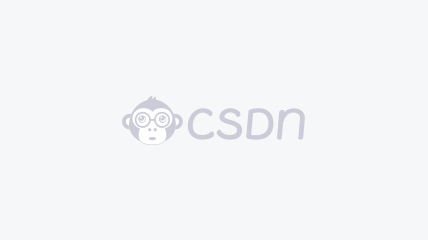
THIS PUBLICATION IS COPYRIGHT PROTECTED
Copyright © 2012 IEC, Geneva, Switzerland
All rights reserved. Unless otherwise specified, no part of this publication may be reproduced or utilized in any form
or by any means, electronic or mechanical, including photocopying and microfilm, without permission in writing from
either IEC or IEC's member National Committee in the country of the requester.
If you have any questions about IEC copyright or have an enquiry about obtaining additional rights to this publication,
please contact the address below or your local IEC member National Committee for further information.
Droits de reproduction réservés. Sauf indication contraire, aucune partie de cette publication ne peut être reproduite ni
utilisée sous quelque forme que ce soit et par aucun procédé, électronique ou mécanique, y compris la photocopie et les
microfilms, sans l'accord écrit de la CEI ou du Comité national de la CEI du pays du demandeur.
Si vous avez des questions sur le copyright de la CEI ou si vous désirez obtenir des droits supplémentaires sur cette
publication, utilisez les coordonnées ci-après ou contactez le Comité national de la CEI de votre pays de résidence.
IEC Central Office Tel.: +41 22 919 02 11
3, rue de Varembé Fax: +41 22 919 03 00
CH-1211 Geneva 20 info@iec.ch
About the IEC
The International Electrotechnical Commission (IEC) is the leading global organization that prepares and publishes
International Standards for all electrical, electronic and related technologies.
About IEC publications
The technical content of IEC publications is kept under constant review by the IEC. Please make sure that you have the
latest edition, a corrigenda or an amendment might have been published.
Useful links:
IEC publications search - www.iec.ch/searchpub
The advanced search enables you to find IEC publications
by a variety of criteria (reference number, text, technical
committee,…).
It also gives information on projects, replaced and
withdrawn publications.
IEC Just Published - webstore.iec.ch/justpublished
Stay up to date on all new IEC publications. Just Published
details all new publications released. Available on-line and
also once a month by email.
Electropedia - www.electropedia.org
The world's leading online dictionary of electronic and
electrical terms containing more than 30 000 terms and
definitions in English and French, with equivalent terms in
additional languages. Also known as the International
Electrotechnical Vocabulary (IEV) on-line.
Customer Service Centre - webstore.iec.ch/csc
If you wish to give us your feedback on this publication
or need further assistance, please contact the
Customer Service Centre: csc@iec.ch.
A propos de la CEI
La Commission Electrotechnique Internationale (CEI) est la première organisation mondiale qui élabore et publie des
Normes internationales pour tout ce qui a trait à l'électricité, à l'électronique et aux technologies apparentées.
A propos des publications CEI
Le contenu technique des publications de la CEI est constamment revu. Veuillez vous assurer que vous possédez
l’édition la plus récente, un corrigendum ou amendement peut avoir été publié.
Liens utiles:
Recherche de publications CEI - www.iec.ch/searchpub
La recherche avancée vous permet de trouver des
publications CEI en utilisant différents critères (numéro de
référence, texte, comité d’études,…).
Elle donne aussi des informations sur les projets et les
publications remplacées ou retirées.
Just Published CEI - webstore.iec.ch/justpublished
Restez informé sur les nouvelles publications de la CEI.
Just Published détaille les nouvelles publications parues.
Disponible en ligne et aussi une fois par mois par email.
Electropedia - www.electropedia.org
Le premier dictionnaire en ligne au monde de termes
électroniques et électriques. Il contient plus de 30 000
termes et définitions en anglais et en français, ainsi que
les termes équivalents dans les langues additionnelles.
Egalement appelé Vocabulaire Electrotechnique
International (VEI) en ligne.
Service Clients - webstore.iec.ch/csc
Si vous désirez nous donner des commentaires sur
cette publication ou si vous avez des questions
contactez-nous: csc@iec.ch.
Copyrighted material licensed to BR Demo by Thomson Reuters (Scientific), Inc., subscriptions.techstreet.com, downloaded on Nov-27-2014 by James Madison. No further reproduction or distribution is permitted. Uncontrolled when printed.






 我的内容管理
展开
我的内容管理
展开
 我的资源
快来上传第一个资源
我的资源
快来上传第一个资源
 我的收益 登录查看自己的收益
我的收益 登录查看自己的收益 我的积分
登录查看自己的积分
我的积分
登录查看自己的积分
 我的C币
登录后查看C币余额
我的C币
登录后查看C币余额
 我的收藏
我的收藏  我的下载
我的下载  下载帮助
下载帮助 
 前往需求广场,查看用户热搜
前往需求广场,查看用户热搜

 信息提交成功
信息提交成功